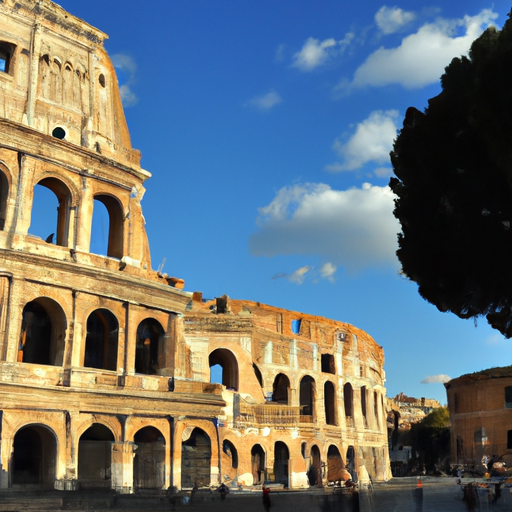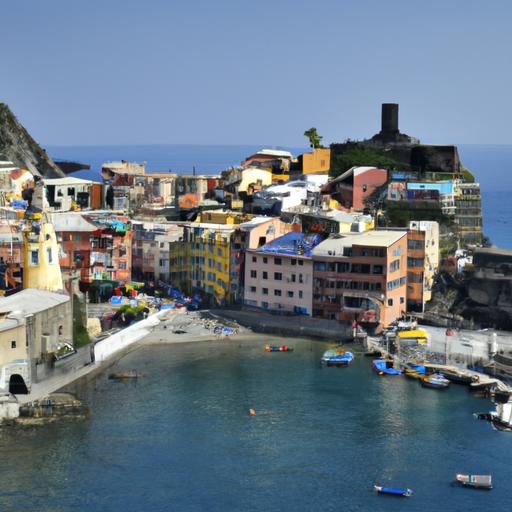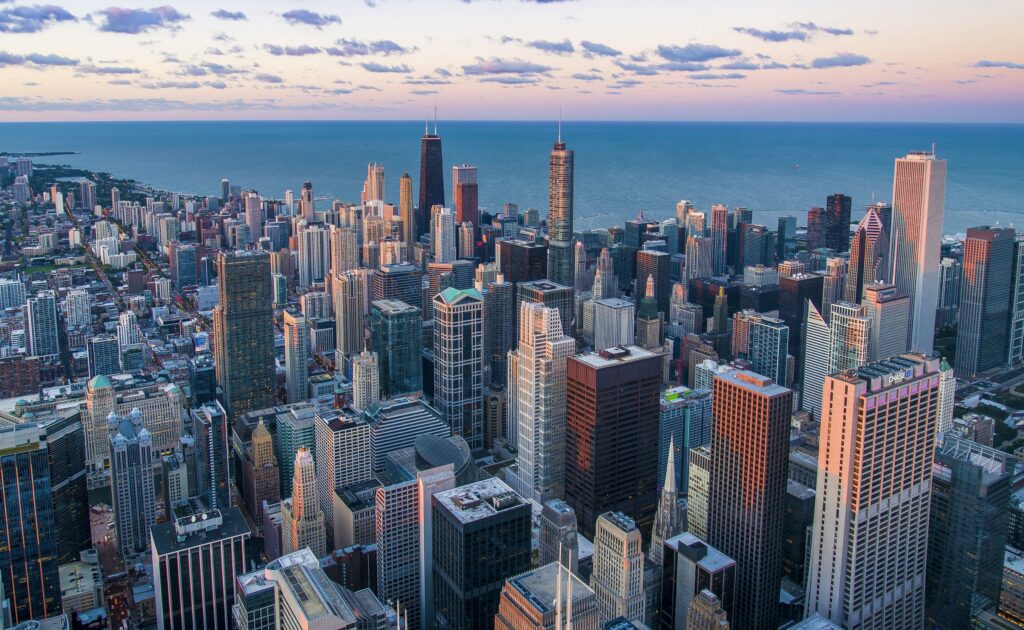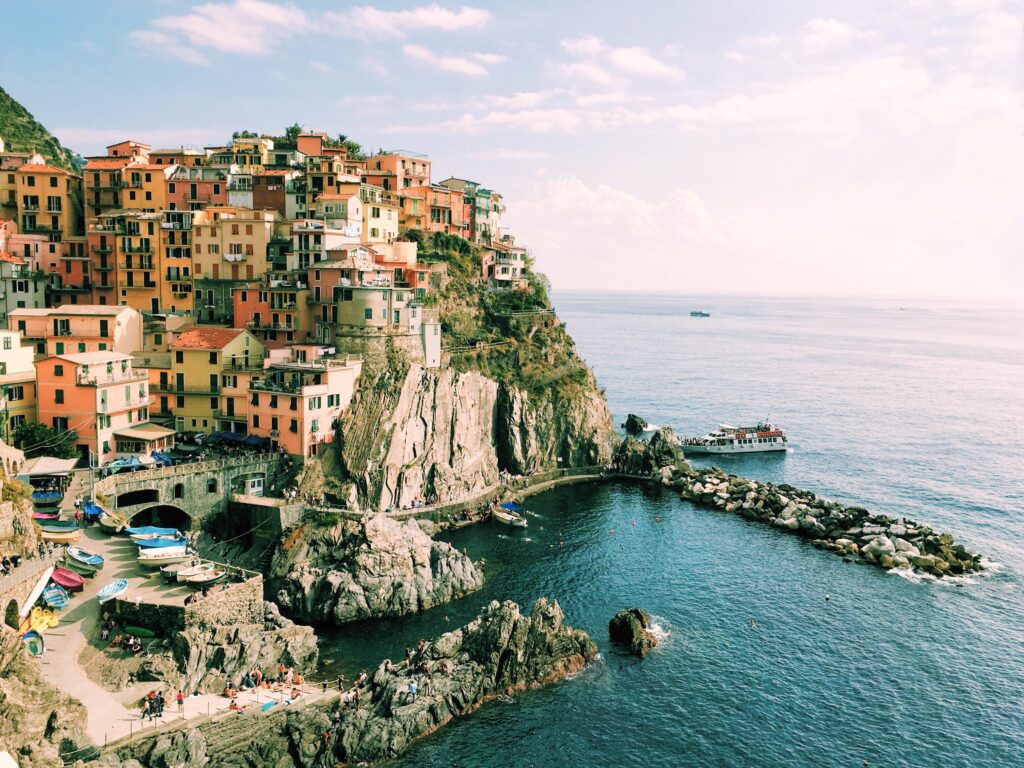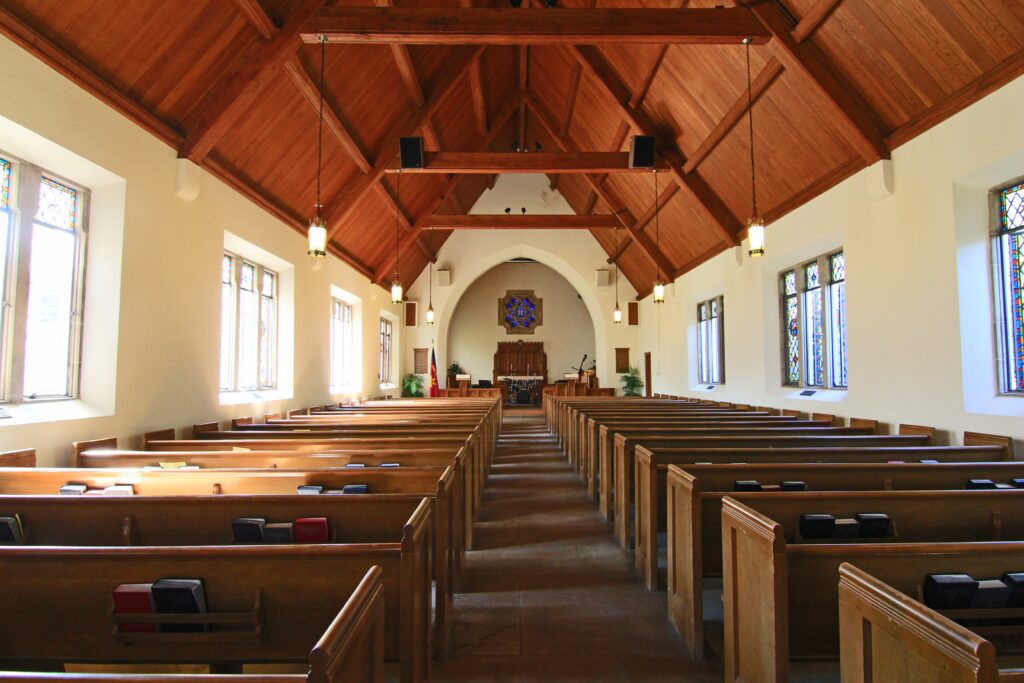and how can you make the most of your visit? In this article, we will explore the top sights that Rome has to offer and provide tips on how to best experience them. From the iconic Colosseum to the breathtaking Vatican City, there is something for everyone in the Eternal City. Whether you’re a history buff, an art enthusiast, or simply a curious traveler, this guide will help you navigate through Rome’s rich cultural heritage and make the most of your time in this enchanting city.
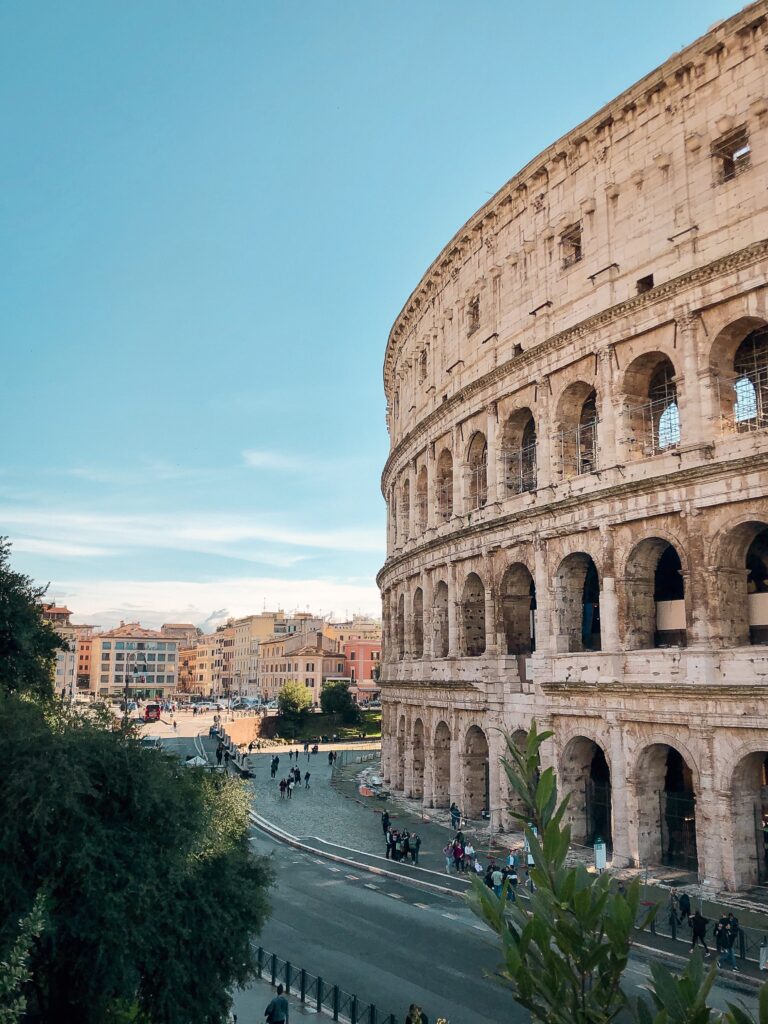
Colosseum
The Colosseum is a must-see attraction in Rome, known for its rich history and significance. Built in 70 AD, it was initially known as the Flavian Amphitheatre and was used for various events, including gladiatorial contests, animal hunts, and mock naval battles. With a capacity to hold around 50,000 spectators, it was a magnificent architectural marvel of its time.
The Colosseum has significant historical importance as it represents the grandeur and power of the Roman Empire. It was a symbol of entertainment and social gatherings for the ancient Romans. Today, it stands as a testament to their engineering prowess and the legacy they left behind.
As you explore the Colosseum, you’ll be in awe of its architectural features. It is an elliptical amphitheater with four stories, reaching a height of 48 meters. The outer facade was made of travertine stone, with statues and reliefs adorning the walls. The interior consisted of seating areas, called cavea, divided into different sections based on social classes. The floor of the arena, known as the hypogeum, was a complex network of underground tunnels and chambers.
To make the most of your visit to the Colosseum, it is advisable to purchase tickets in advance or join a guided tour. This will not only save you time waiting in long queues but also provide valuable insights into the historical and architectural significance of this iconic landmark. Audio guides are also available, offering detailed information about each section of the Colosseum.
Vatican City
No visit to Rome is complete without exploring the wonders of Vatican City. Located within the city limits of Rome, Vatican City is the smallest independent state in the world and the spiritual center of the Catholic Church. It is home to several must-see attractions, including St. Peter’s Basilica, the Sistine Chapel, and the Vatican Museums.
St. Peter’s Basilica is the largest church in the world and a masterpiece of Renaissance architecture. The grandeur of its dome, designed by Michelangelo, is simply awe-inspiring. Inside the basilica, you will find numerous sculptures, artworks, and the tomb of St. Peter. Climbing to the top of the dome provides a breathtaking panoramic view of the city.
The Sistine Chapel, located within the Vatican Museums, is renowned for its magnificent frescoes painted by masters such as Michelangelo, Botticelli, and Perugino. The most famous fresco, “The Last Judgment,” covers the entire altar wall of the chapel and is a masterpiece that shouldn’t be missed.
The Vatican Museums house an extensive collection of art and artifacts accumulated over the centuries by various popes. From ancient Roman sculptures to Renaissance paintings, there is something to captivate every visitor. The Raphael Rooms, featuring frescoes painted by Raphael and his apprentices, are among the highlights of the museum.
To make the most of your visit to Vatican City, it is advisable to book tickets in advance, especially during peak tourist seasons. Guided tours are available, providing informative commentary and ensuring you don’t miss any important details. Modest attire is required, as Vatican City is a religious site.
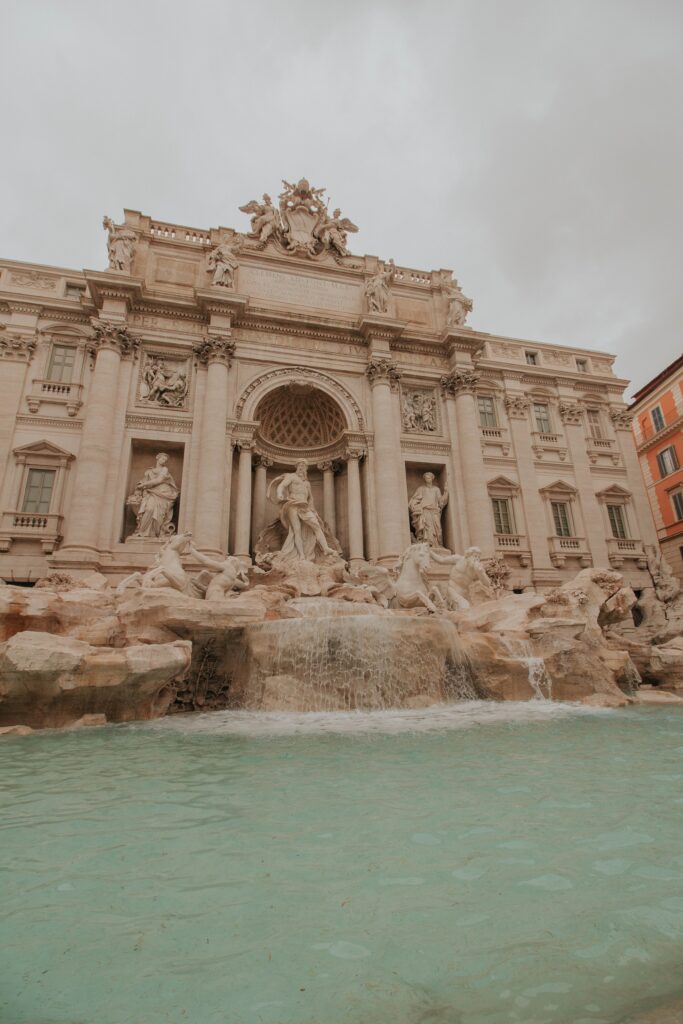
Pantheon
The Pantheon is another must-see attraction in Rome, known for its fascinating history and unique architecture. Originally built as a temple for all gods, it has withstood the test of time and remains one of the best-preserved ancient buildings in the world.
The Pantheon’s history dates back to 27 BC when the original temple was commissioned by Marcus Agrippa. However, it was destroyed in a fire and subsequently rebuilt by Emperor Hadrian around 120 AD. The building was converted into a Christian church in the 7th century, ensuring its preservation.
One of the most remarkable features of the Pantheon is its oculus, a circular opening at the top of the dome. This oculus serves both as a source of light and as a symbolic connection between the earthly and divine realms. Standing beneath it, you can witness the natural light changing throughout the day, creating a mesmerizing effect.
Inside the Pantheon, you’ll find numerous tombs and sculptures of historical significance. The most notable tomb is that of Raphael, the renowned Italian painter and architect of the High Renaissance. His final resting place within this ancient structure is a fitting tribute to his artistic legacy.
To fully appreciate the grandeur of the Pantheon, take your time to admire the marble columns, the intricate detailing, and the sheer scale of the building. Entrance to the Pantheon is free, making it an accessible attraction for all visitors.
Trevi Fountain
The Trevi Fountain is not only a visually stunning attraction but also steeped in legend and tradition. It is the largest Baroque fountain in Rome and one of the most famous fountains in the world. Legend has it that if you toss a coin into the fountain with your right hand over your left shoulder, it ensures your return to Rome.
Designed by Nicola Salvi and completed in 1762, the Trevi Fountain is a true masterpiece of architecture and sculpture. The central figure of the fountain is Neptune, the Roman god of the sea, riding in a shell-shaped chariot pulled by two sea horses. The sculptures around Neptune represent Abundance and Health, symbolizing the blessings bestowed upon those who visit the fountain.
The intricate details and the play of water and light make the Trevi Fountain a mesmerizing sight. It is especially enchanting at night when the illumination accentuates its beauty and the crowds thin out, allowing for a more intimate experience.
Visiting the Trevi Fountain is a must, but be prepared for large crowds. The narrow streets surrounding the fountain can get quite crowded, especially during peak tourist seasons. It is advisable to visit early in the morning or late in the evening to avoid the crowds and fully appreciate the allure of this iconic attraction.
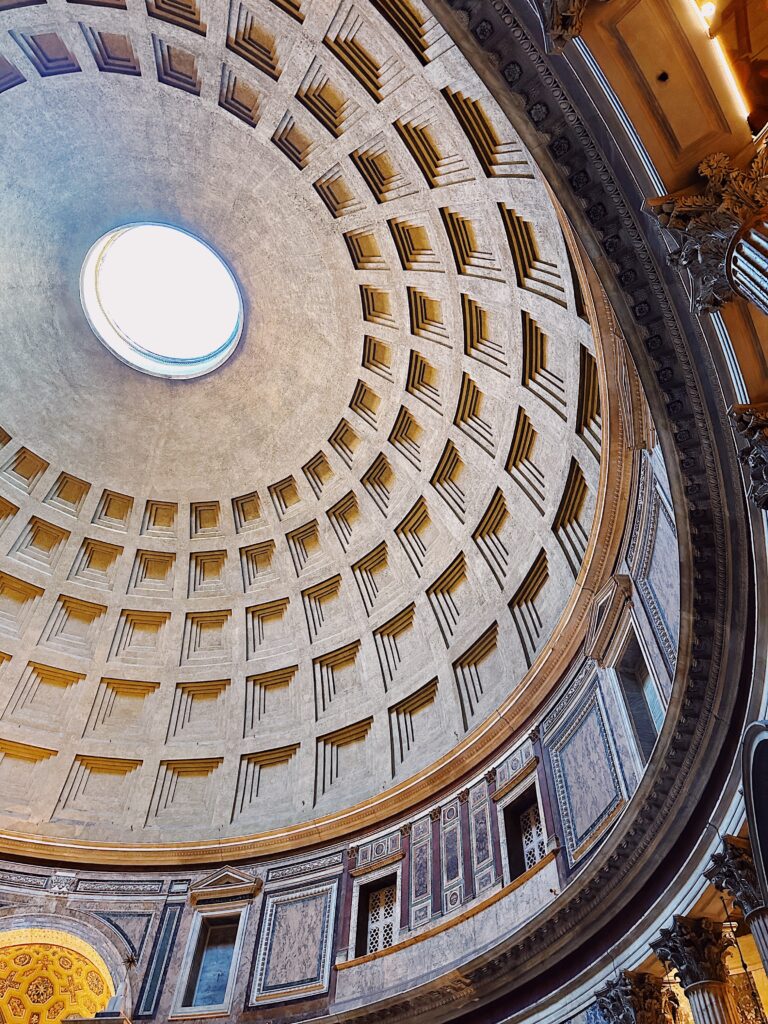
Spanish Steps
Located in the heart of Rome, the Spanish Steps are not only a popular meeting place but also an architectural gem worth exploring. Built in the early 18th century, the steps were designed by Francesco de Sanctis and funded by the French diplomat Étienne Gueffier. The name “Spanish Steps” refers to the Spanish embassy located nearby.
The steps consist of 135 individual marble steps, leading from the Piazza di Spagna to the Trinità dei Monti church at the top. The design and symmetry of the steps make them a popular spot for tourists and locals alike to relax and enjoy the surroundings.
From the top of the Spanish Steps, you can enjoy panoramic views of the city, including the iconic dome of St. Peter’s Basilica in the distance. It is a scenic spot that provides a unique perspective of Rome’s beauty.
The Spanish Steps are known for their elegance and charm, especially during spring when the steps are adorned with colorful flowers. They have been a source of inspiration for artists and writers throughout history, attracting visitors from all over the world.
Roman Forum
For a glimpse into ancient Roman civilization, a visit to the Roman Forum is a must. This sprawling archaeological site was once the center of political, religious, and commercial activities in ancient Rome. It is filled with ruins and monuments that offer a fascinating insight into the lives of the Romans.
The Roman Forum holds immense historical importance as it was the heart of the Roman Empire. Here, you can explore the ruins of temples, basilicas, and government buildings that once stood tall as symbols of power and influence. The most prominent structures include the Temple of Saturn, the Arch of Septimius Severus, and the Curia Julia.
As you walk through the Roman Forum, imagine yourself surrounded by bustling crowds, senators debating important issues, and religious ceremonies taking place in magnificent temples. The site is a testament to the achievements of the ancient Romans and their incredible engineering and architectural skills.
Archaeological discoveries continue to be made in the Roman Forum, adding to the intrigue and mystery surrounding this ancient site. Excavations have revealed ancient artifacts, inscriptions, and even the remains of important historical figures. It is a constantly evolving space, offering new insights into the rich history of Rome.

Piazza Navona
Piazza Navona is a vibrant square in the heart of Rome, known for its stunning Baroque architecture, fountains, and lively atmosphere. It was originally built on the site of the Stadium of Domitian, and the shape of the square still reflects the outline of the ancient stadium.
The square is adorned with three magnificent fountains that contribute to its charm. The central fountain is the famous Fontana dei Quattro Fiumi (Fountain of the Four Rivers), designed by Gian Lorenzo Bernini. It symbolizes the four major rivers of the continents known at the time – Nile, Danube, Ganges, and Rio de la Plata.
Another noteworthy fountain in Piazza Navona is the Fontana del Moro (Moor Fountain), located at the southern end of the square. It features a statue of a Moor fighting with a dolphin, designed by Giacomo della Porta. The beauty and artistry of these fountains attract visitors from all over the world.
Piazza Navona is not just a feast for the eyes; it also offers a vibrant atmosphere with street performers, artists, and musicians adding to the liveliness of the square. Cafes and restaurants line the perimeter, providing the perfect spot to relax and people-watch while enjoying Italian cuisine.
Throughout the year, Piazza Navona hosts various events and performances, including art exhibitions, concerts, and street markets. The square truly comes alive during these occasions, providing a unique cultural experience for visitors.
Villa Borghese Gardens
Escape the hustle and bustle of the city and immerse yourself in the tranquility of Villa Borghese Gardens. These lush gardens are located in the heart of Rome and offer a peaceful retreat amidst nature. Spanning an area of 148 acres, the gardens provide ample space for relaxation, recreation, and exploration.
The landscapes and vistas of Villa Borghese Gardens are like a breath of fresh air. Stroll along winding paths, discover hidden groves, and admire picturesque views of the city. The gardens are meticulously maintained, with manicured lawns, beautiful flower beds, and an array of trees providing shade.
Within the gardens, you’ll find the Museo e Galleria Borghese, which houses an impressive collection of sculptures, paintings, and antiquities. The museum is home to masterpieces by artists such as Bernini, Caravaggio, Canova, and Raphael. Advance booking is recommended, as entry to the museum is limited to a certain number of visitors at a time.
Besides art and nature, Villa Borghese Gardens offer a range of recreational activities. You can rent bicycles, go boating on the lake, or simply find a spot to have a picnic. There are also playgrounds for children and even a small zoo, making it an ideal destination for families.
As you wander through Villa Borghese Gardens, you’ll feel a sense of serenity and escape from the busy streets of Rome. It provides a perfect blend of art, nature, and leisure, making it a must-see attraction for every visitor.
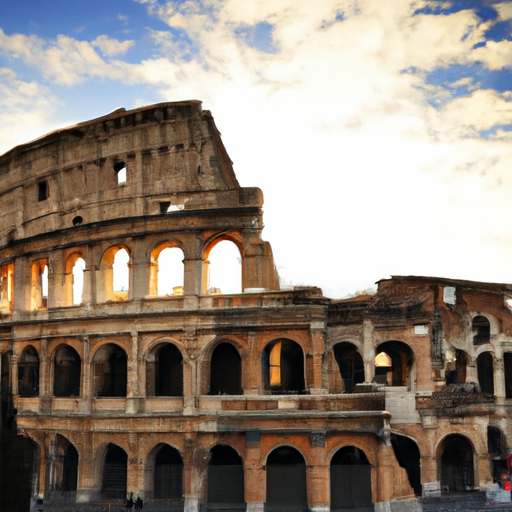
Trastevere
For an authentic Roman experience, explore the charming neighborhood of Trastevere. Located on the west bank of the Tiber River, Trastevere is known for its narrow lanes, cobblestone streets, and local trattorias. It offers a glimpse into the daily life of Romans and is a great place to immerse yourself in the culture and atmosphere of the city.
The Basilica of Santa Maria in Trastevere is a must-visit attraction in the neighborhood. With its stunning mosaics and golden interior, it is one of the oldest churches in Rome. The facade of the church is adorned with intricate details, while the interior houses beautiful artworks and a serene atmosphere.
Piazza di Santa Maria, located in front of the basilica, is a lively square that comes alive in the evenings. It is a popular meeting place, with numerous cafes and restaurants offering outdoor seating. You can sit back, sip a cappuccino, and watch the world go by while absorbing the vibrant energy of Trastevere.
As you wander through the narrow streets of Trastevere, you’ll discover hidden squares, artisan shops, and local markets. It is a neighborhood that invites exploration, with surprises at every corner. Take the time to admire the colorful facades of the buildings, the beautiful balconies adorned with flowers, and the rustic charm that permeates the area.
Trastevere is also known for its bustling nightlife, with numerous bars and clubs catering to all tastes. In the evenings, the neighborhood transforms into a lively hub of activity, making it an ideal destination for those seeking a vibrant nightlife scene.
Conclusion
Rome offers a rich tapestry of must-see attractions that cater to every interest and desire. From the grandeur of the Colosseum to the artistic wonders of the Sistine Chapel, from the tranquility of Villa Borghese Gardens to the vibrant atmosphere of Piazza Navona, this captivating city has something for everyone.
Exploring the history, architecture, and culture of Rome will transport you back in time and provide a deeper understanding of this ancient city. Whether you’re a history buff, an art enthusiast, or simply seeking a unique experience, these attractions will leave a lasting impression.
Make the most of your visit to Rome by planning ahead, booking tickets in advance, and considering guided tours for a more enriching experience. Immerse yourself in the vibrant atmosphere, indulge in the local cuisine, and embrace the beauty of the Eternal City. Rome awaits you with its wonders and secrets, ready to captivate and inspire.

